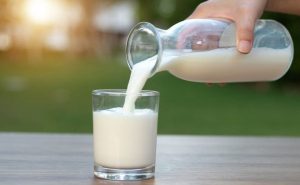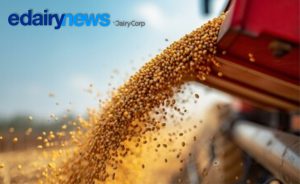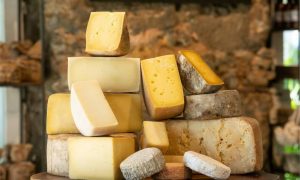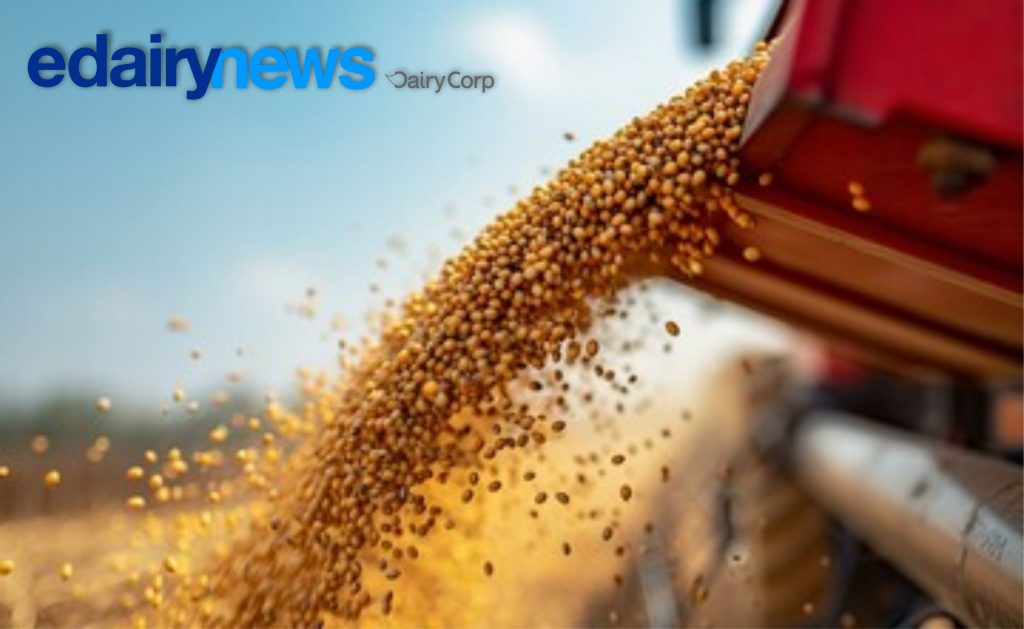Agriculture Minister Jaclyn Symes has released the 14th Dairy Farm Monitor Project (DFMP), which shows a challenging first six months of 2019-20 were followed by favourable conditions in the second half of the year.
.”In what has been a challenging twelve months for the sector, once again our dairy farmers have achieved incredible results – this is good news for the industry as we look ahead,” Ms Symes said.
“Our dairy farmers have shown great resilience and innovation finding ways to lower their costs and increase milk production, capitalising on a 17 per cent increase in the milk price.”
While nearly all DFMP farms experienced positive profits, with consistent performance reported across the regions, many farms had still not fully recovered from the recent years of drought and challenging conditions.
Going by these COP figures, the southwest will be paid the most in the state? pic.twitter.com/WrmZW8nw0c
— Craig Dettling (@CraigDettling) March 17, 2019
Respondents said government and Dairy Australia support services had played a role in assisting them navigate both seasonal and business challenges.
Dairies showed resilience and innovation to lower costs and with a 17 per cent increase in milk price, average earnings before interest and tax was $1.68 per kilogram of milk solids or $346,000 per farm.
Dairies in the south-west and Gippsland lifted milk production, by sourcing relatively cheaper feed or capitalising on greater pasture availability.
Northern farms budgeted for high water prices and many chose to purchase fodder in favour of irrigating, which lowered costs and contributed to the better performance.
Most participant farms across all regions are expecting profits and milk prices to either remain stable or increase in 2020-21.
The project is a collaboration between Agriculture Victoria and Dairy Australia and the full report is available for download here agriculture.vic.gov.au/dairyfarmmonitor.













